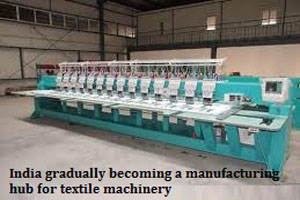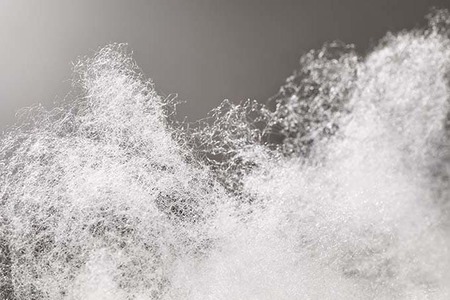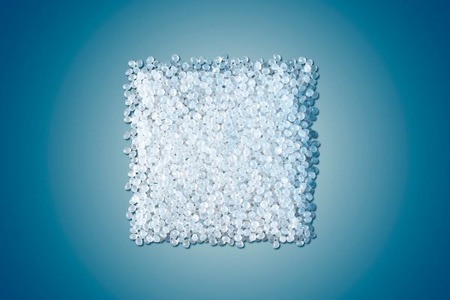
India gradually becoming a manufacturing hub for textile machinery
YarnsandFibers News Bureau 2017-06-05 12:00:00 – CoimbatoreThe Union Government has been focusing on development of machinery for weaving and processing sector. It has supported loom development projects on public-private partnership mode and also cleared a project to set up a common engineering facility centre. If segments such as weaving and garmenting do well, demand for yarn will also pick up and this will drive investment.
According to R. Rajendran, president of Textile Machinery Manufacturers’ Association, reduction in allocation of funds for Technology Upgradation Fund Scheme and resulting backlog in payment of subsidies in the past had affected investments.
For the textile engineering industry, which consists of more than 2,800 units producing machinery for different processes in the textile value chain, exports have shown a steady increase in the last five years.
According to Rajendran, almost all the major global spinning machinery manufacturers have a base in India and China now. It is not only to cater to these two respective markets but also to other countries from here.
India is gradually becoming a manufacturing hub for textile machinery and so exports will only go up.
S. Chakraborty, advisor of Textile Machinery Manufacturers’ Association, said that exports increased from Rs. 1,523 crore in FY12 to Rs. 2,466 crore in FY15. Though official data shows a drop in exports in 2015-2016, private data indicated Rs. 2,572 crore of exports in 2015-2016, he said.
Areas with scope for exports currently are spinning and processing.
India is a major manufacturer of spinning machinery. They export processing machinery too. But, a large number of looms, knitting and garmenting machinery are imported by the textile industry here.
Textile machinery imports were Rs. 7,643 crore in 2011-2012 and Rs. 10,305 crore in 2015-2016. This includes machinery, tools, and accessories. Apart from weaving and garmenting machinery, autoconers are also imported.
Though the economic slowdown had affected investments by the domestic textile industry, investments continue in select pockets. Some States have come out with State-specific textile policies. Industries that focus on value addition, expansion, modernisation and replacements are driving investments in the domestic market.
Market Intelligence
Ask for free sample Report

experience
Customer Base
dedicated team
Countries Served Worldwide









